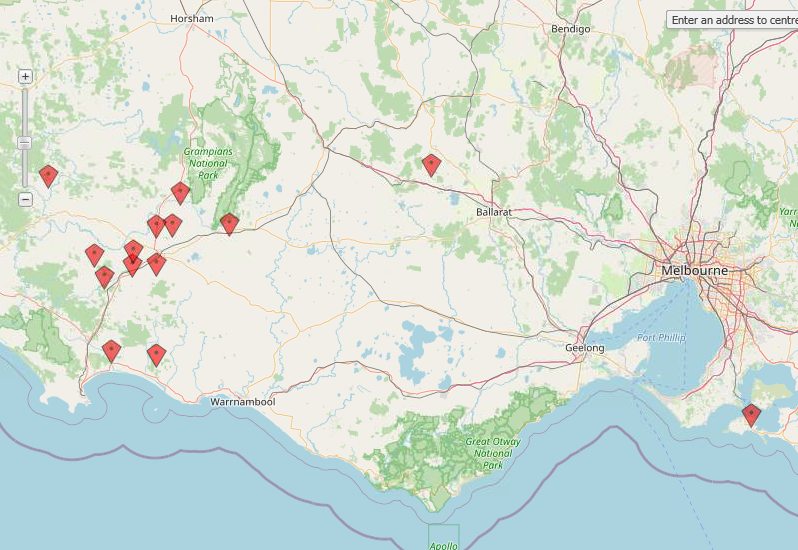Listeriosis
Listeria is a common bacterium found in the gut of normal sheep. It can also survive and multiply in the environment, particularly rotting vegetable matter, but also soil, water, manure and feed (including pasture), and can survive for up to five years.
Compared to other bacteria, it is quite hardy and can withstand a range of pH, temperatures and salt conditions. Feeding silage with a pH above 5.5 is often associated with outbreaks of listeriosis. The disease commonly occurs under wet and muddy conditions. Other predisposing factors for clinical listeriosis in sheep include: sudden change in weather, change in feeding regime, introduction of carrier animals, confinement, overcrowding, poor sanitation, stress, advanced pregnancy, feeding silage, access to rotting hay or vegetation, and feeding sheep on the ground. Signs are usually seen eight to nine days after infection.
The two forms of clinical listeriosis seen in sheep are the neurological form and the abortion form.
Neurological form:
- can affect any breed and at any age
- often circling, staggering, head tilt, off-feed, found dead
Abortion form:
- affected pregnant ewes of any age in the second to final month of pregnancy
Between January and July 2021 infectious listeriosis causing neurological disease and abortion in adult sheep was diagnosed across 14 separate properties in Victoria, predominantly in the South West (Figure 1). Notably, there was a significant increase in neurological presentation of the disease leading to death.

Producers reported clinical signs including staggering, convulsions, head tilt, circling, recumbency, paddling of the limbs and death in 0.5 to 10 per cent of the flock. Some also reported abortions in clinical normal sheep. Post-mortem examination was unremarkable. Diagnosis was confirmed on laboratory examination of fixed brain tissue and culture of fresh tissue from the affected sheep or aborted foetus.
Recent outbreaks may be due to the good previous season, leading to standing rank and rotting dry matter in paddocks. However, in almost all cases seen, sheep have been in containment (risk of overcrowding and poor sanitation) and being fed a mix of hay, silage and grain (potentially contaminated). Most have been late pregnant ewes of mixed ages.
Affected producers are recommended to remove animals from the potential source of listeria (silage, containment, rank feed, other sick animals). Cleaning water troughs, feeding out on fresh, dry areas and avoiding excess feed being left to soil and rot are all important preventative measures.
Other control and prevention methods include:
- elevating feed and water off the ground
- feeding out on fresh, dry areas and avoiding excess feed being left to soil and rot
- daily washing of feed and water troughs
- avoid excessively muddy and wet containment areas
- avoid manure contamination of feeding areas
- burning the carcass of any sheep that dies on farm.
Listeria can cause severe disease in people, especially those who are immuno-compromised and pregnant women. Appropriate hygiene measures and PPE need to be worn.
Treatment is limited as antibiotics are generally not effective in neurological cases. In abortion cases we believe there has been reduced levels of abortions post treatment with antibiotics during an outbreak, but this is always hard to measure. If you have seen abortions it is a good idea to investigate the cause as there are many different causes, and some of these such as Campylobacter are preventable with vaccination. Prior to the Campylobacter vaccine being widely used in South West Victoria, Campylobacter was the major cause of abortion in this district. In the last three years we have seen Listeria take the lead as the major pathogen causing abortion. Control involves minimising the predisposing factors with the aim to minimise this outbreak and prevent another outbreak. Speak to your local veterinarian about subsidised investigations.